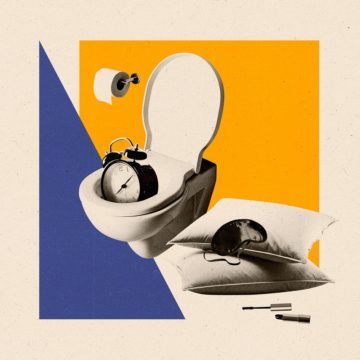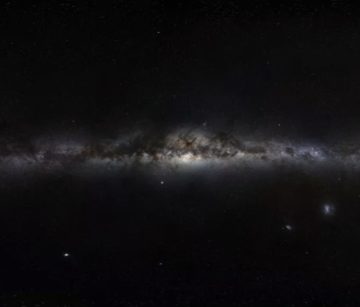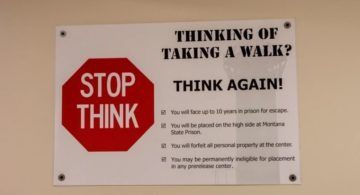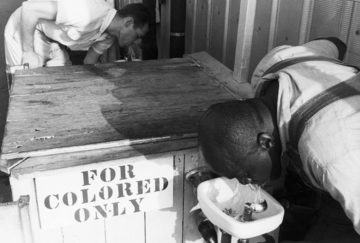Alice Fulwood in The Economist:
 I had to watch each episode of “Industry”, a tv drama about young bankers, in 15-minute doses. This is no fault of the show, which is joyously binge-worthy and thoroughly deserves the second series it has just been granted. It’s because it reminded me so powerfully of my previous life – as a 20-something on the trading floor – that I kept having to press pause before psyching myself up to carry on watching. Sure, some of the details are a little off (how did Harper get away with that $140k loss? Would a hedge-fund manager really bet on Treasury yields going to 4%?). Yet most of it is jarringly familiar to anyone who, like me, was lured into a career in finance as a young person.
I had to watch each episode of “Industry”, a tv drama about young bankers, in 15-minute doses. This is no fault of the show, which is joyously binge-worthy and thoroughly deserves the second series it has just been granted. It’s because it reminded me so powerfully of my previous life – as a 20-something on the trading floor – that I kept having to press pause before psyching myself up to carry on watching. Sure, some of the details are a little off (how did Harper get away with that $140k loss? Would a hedge-fund manager really bet on Treasury yields going to 4%?). Yet most of it is jarringly familiar to anyone who, like me, was lured into a career in finance as a young person.
When a character spread his company-branded fleece on the floor of a toilet cubicle to take a nap instead of returning home to sleep, I sighed with recognition. I remembered that choice: should I waste over an hour travelling back and forth for two hours’ sleep in a real bed, or kip on the bathroom floor for three? I, too, picked the loos – mostly because I was afraid that going home would mean I would turn up late the next day. How did I end up working in finance? Though I told people it was because I liked economics and maths, in large part it reflected my own insecurity. I reckoned I was pretty clever and reasonably numerate. But I was also worried that I lacked the wild talent and immense self-belief that you need to pursue a “dream career” in something like theatre or politics, where failure looms large. My passion was for being successful.
More here.

 In May 1963, in a Kennedy family living room on Central Park South, Lorraine Hansberry tried to defend civil rights activists’ safety. The Raisin in the Sun playwright had come along with actor Harry Belafonte, author James Baldwin, and other luminaries at the invitation of Robert F. Kennedy and Baldwin. She listened as activist Jerome Smith tried to impress upon the attorney general the level of violence protesters were facing in the South. Smith had come straight from the Freedom Rides for medical treatment on his jaw and head, having been beaten in Birmingham.
In May 1963, in a Kennedy family living room on Central Park South, Lorraine Hansberry tried to defend civil rights activists’ safety. The Raisin in the Sun playwright had come along with actor Harry Belafonte, author James Baldwin, and other luminaries at the invitation of Robert F. Kennedy and Baldwin. She listened as activist Jerome Smith tried to impress upon the attorney general the level of violence protesters were facing in the South. Smith had come straight from the Freedom Rides for medical treatment on his jaw and head, having been beaten in Birmingham. Most of the alien civilizations that ever dotted our galaxy have probably killed themselves off already.
Most of the alien civilizations that ever dotted our galaxy have probably killed themselves off already.
 Countless writers, with varying degrees of success, have reimagined the life of Jesus Christ. As my colleague
Countless writers, with varying degrees of success, have reimagined the life of Jesus Christ. As my colleague  On April 10, 1805, in honor of the Christian Holy Week, a German immigrant and conductor named
On April 10, 1805, in honor of the Christian Holy Week, a German immigrant and conductor named  Lindsay Beyerstein in Vice:
Lindsay Beyerstein in Vice: Jesse McCarthy and Jon Baskin in The Point:
Jesse McCarthy and Jon Baskin in The Point: Peter Gordon in The Nation:
Peter Gordon in The Nation: Charisse Burden-Stelly in Boston Review:
Charisse Burden-Stelly in Boston Review: The New Left Review has introduced a blog, Sidecar. Wolfgang Streeck in Sidecar:
The New Left Review has introduced a blog, Sidecar. Wolfgang Streeck in Sidecar: Stefan Collini in The Guardian:
Stefan Collini in The Guardian: Most people approaching their 90th birthday would be forgiven for deciding that, whatever their work, enough was enough and it was time to relax. Most people, however, are not
Most people approaching their 90th birthday would be forgiven for deciding that, whatever their work, enough was enough and it was time to relax. Most people, however, are not  Ten years ago, a hawker in Tunisia set himself on fire, which
Ten years ago, a hawker in Tunisia set himself on fire, which